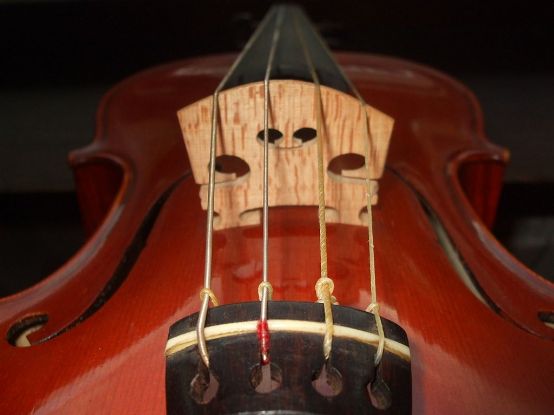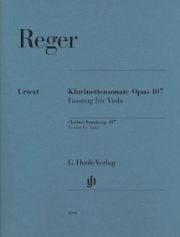Light, friendly viola sonata
Originally written for clarinet, Reger also reworked his sonata for viola. A new edition which removes many ambiguities.

In 1908, the 34-year-old Max Reger created the Clarinet Sonata op. 107, a "tremendously clear work", as he himself wrote in a letter, which fitted in well with his happy family mood: at the time, he and his wife Elsa adopted three-year-old Christa and one-and-a-half-year-old Lotti. The critics sensed in the sonata "a return to classical simplicity, both in terms of form and content" and described it as "a deeply felt, beautiful tonal idyll". After the successful premiere, Reger reworked the work for viola (and violin), changing the phrasing from the wind player's breath to the string player's bowing in addition to a few octave changes.
Michael Kube has created a careful, well-annotated new edition based on the first edition published by Bote & Bock in 1909 and with the help of the autograph and the engraver's model - preserved in libraries in Winterthur. Many ambiguities, listed in detail in the notes, have been eliminated. In addition to an unmarked viola part, there is also one marked with fingerings and bowings by Jürgen Weber. Weber too often spares the use of the 4th finger and here and there does not use the bright sound of the A string for forte, but otherwise the markings are extremely useful for the very chromatic movement. The work, which is not too difficult for the viola and is very densely scored for the piano, has been advantageously reprinted here after its last publication in 1937.
Max Reger, Clarinet Sonata op. 107, version for viola, Urtext edited by Michael Kube, with additional viola part marked by Jürgen Weber, HN 1099, € 18.00, G. Henle, Munich 2013









